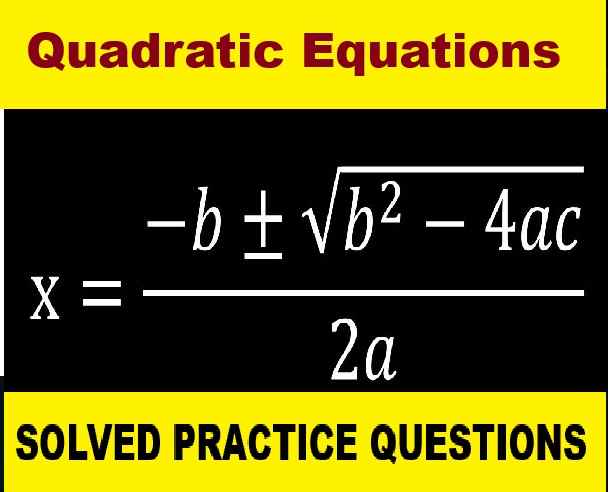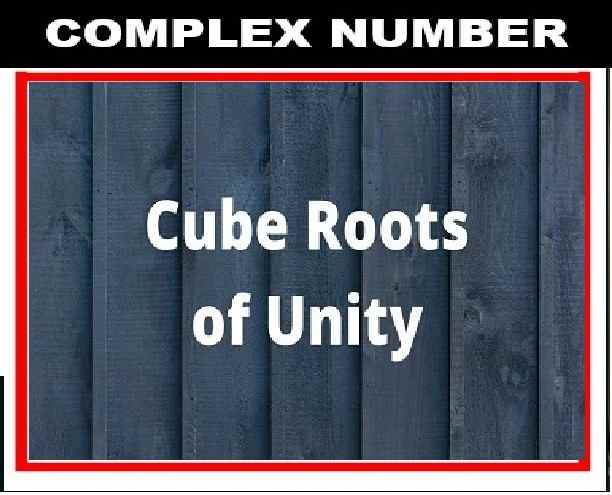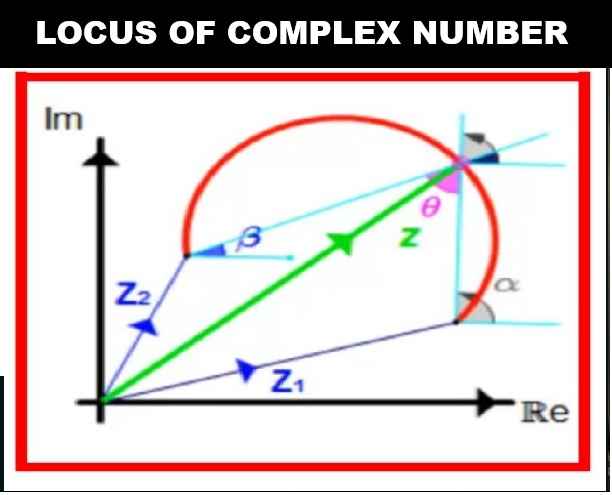Hydrogen MCQs Class-8 Dalal Simplified ICSE Chemistry Solutions Chapter-7, Hydrogen Dr Viraf J Dalal Middle School Allied Publishers Solutions. Chapter-7. We Provide Step by Step Solutions to Give balanced equations, Give reasons, Correct answer, Fill in the blanks, Match the following of Dr Viraf J Dalal Middle School Chemistry Allied Publishers. Visit official Website CISCE for detail information about ICSE Board Class-8.
Hydrogen MCQs Class-8 Dalal Simplified ICSE Chemistry Solutions Chapter-7
| Board | ICSE |
| Class | 8th |
| Subject | Chemistry |
| Book Name | Dalal New Simplified |
| Chapter-7 | Hydrogen |
| Unit-1 | Hydrogen |
| Topic | Solution of exercise MCQs |
| Session | 2023-24 |
Objective Types Questions
Hydrogen MCQs Class-8 Dalal Simplified ICSE Chemistry Solutions Chapter-7
Question: 1. Give balanced equations for the following conversions :
1. Zinc to sodium zincate – using an alkali.
2. Acidic water to hydrogen – by electrolysis.
3. Water gas to hydrogen – industrially
4. Iron [[III]] oxide to iron – using hydrogen.
5. Nitrogen to a basic gas – using hydrogen.
Answer: 1. Zn + 2NaOH ⟶ Na2ZnO2 + H2 ↑
2. 2H2O ⇌ 2H2 + O2
![]()
4. Fe2O3 + 3H2 ⟶ 2Fe + 3H2O
5. N2 + 3H2 ⇌ 2NH3
Question: 2. Give reasons for the following :
1. Copper does not displace hydrogen from dilute hydrochloric acid, but zinc does.
2. In the preparation of hydrogen by electrolysis of water – the distilled water used is acidified.
3. In the laboratory preparation of hydrogen from zinc and dilute hydrochloric acid – the zinc used granulated zinc.
4. In the Bosch process – the final gaseous products are passed through caustic potash [[KOH]] solution.
5. The reaction of chlorine with hydrogen sulphide is deemed a redox reaction.
Answer:
1. In the metal reactivity series, copper (Cu) is below hydrogen but zinc (Zn) is above hydrogen. Hence, copper does not displace hydrogen from dilute hydrochloric acid, but zinc does.
2. Pure water is almost a non-electrolyte and will not normally conduct electricity. It consists almost entirely of molecules. It can be electrolytically decomposed by addition of traces of dil. H2SO4 which dissociates as: H+1 and SO4-2 and help in dissociating water into H+ and OH– ions.
3. Granulated zinc contains traces of impurities, which has a slight catalyzing effect on the reaction and speeds it up.
4. CO2 is removed by dissolving mixture in caustic potash solution.
2KOH + CO2 ⟶ K2CO3 + H2O
5. Hydrogen sulphide reacts with chlorine as per the below equation:
H2S + Cl2 ⟶ 2HCl + SHere, H2S is oxidised to S and Cl2 is reduced to HCl, at the same time. Hence, it is a redox reaction.
Question: 3. Select the correct answer from A, B, C, D or E for each statement given below :
A: Nickel B: Sodium C: Iron D: Iron [III] oxide E: Magnesium oxide
1. A metal which reacts with water to give a metallic hydroxide & liberate hydrogen.
2. The metallic compound used as a catalyst in the Bosch process.
3. The metal used as a catalyst in hydrogenation of oils.
4. The metal which reacts with steam liberating hydrogen & the reaction is reversible.
5. The metallic compound formed when a metal above aluminium in the activity series reacts with steam.
Answer:
| 1. A metal which reacts with water to give a metallic hydroxide & liberate hydrogen. | B: Sodium |
| 2. The metallic compound used as a catalyst in the Bosch process. | D: Iron [III] oxide |
| 3. The metal used as a catalyst in hydrogenation of oils. | Chemistry |
| 4. The metal which reacts with steam liberating hydrogen & the reaction is reversible. | Dalal New Simplified |
| 5. The metallic compound formed when a metal above aluminium in the activity series reacts with steam. | Hydrogen |
Question: 4. Select the correct answer from the choice in bracket to complete each sentence.
1. The acid …dil.HNO3… [dil.H2SO4 , dil.HNO3, dil.HCl] is not used in the laboratory preparation of hydrogen, using zinc and an acid.
2. In Bosch process the catalytic reduction of steam to hydrogen is carried out by …CO… [CO2 , CO, C].
3. A foul smelling gas formed when hydrogen reacts with a molten non-metal, is …hydrogen sulphide… [hydrogen chloride, hydrogen sulphide, ammonia].
4. The product formed on combustion of hydrogen in air is …water… [water gas, water, producer gas].
5. The gas which has now replaced hydrogen in air balloons is …helium… [argon, helium, neon].
Question: 5. Match the statements in List I with the appropriate answer in List II.
| List I | List II |
| 1. An atom of hydrogen | A: Chromic oxide |
| 2. A strong oxidising agent | B: Ammonia |
| 3. A promoter used in Bosch process | C: Iron |
| 4. A chemical used in the manufacture of fertilizers | D: One electron |
| 5. The catalyst used in production of a basic gas from nitrogen | E: Dilute nitric acid |
Answer:
| List I | List II |
| 1. An atom of hydrogen | A: One electron |
| 2. A strong oxidising agent | B: Dilute nitric acid |
| 3. A promoter used in Bosch process | C: Chromic oxide |
| 4. A chemical used in the manufacture of fertilizers | D: Ammonia |
| 5. The catalyst used in production of a basic gas from nitrogen | E: Iron |
– : End of Hydrogen MCQs Class-8 Dalal Simplified Solutions :–
Return to – Dalal Simplified Chemistry ICSE Class-8 Solutions
Thanks
Share with your friends.


